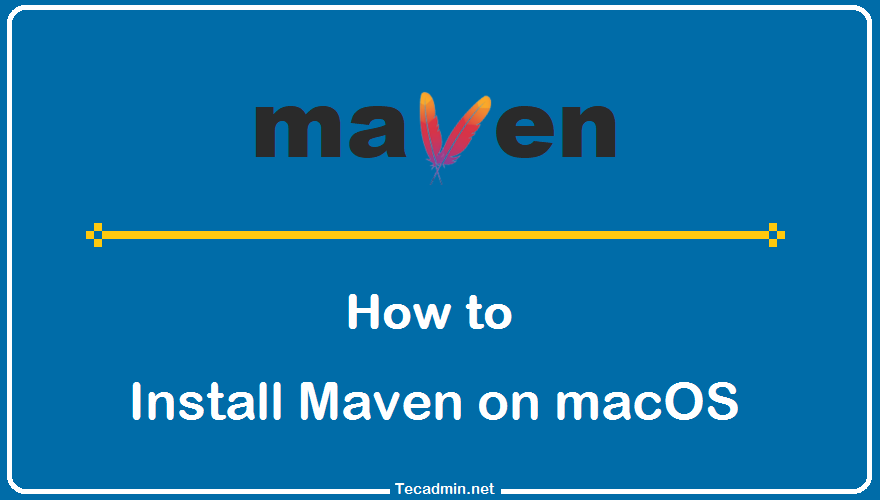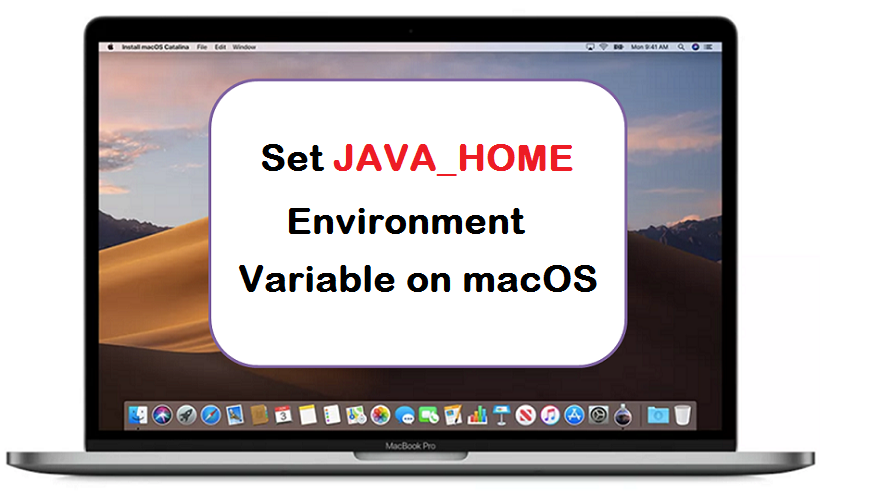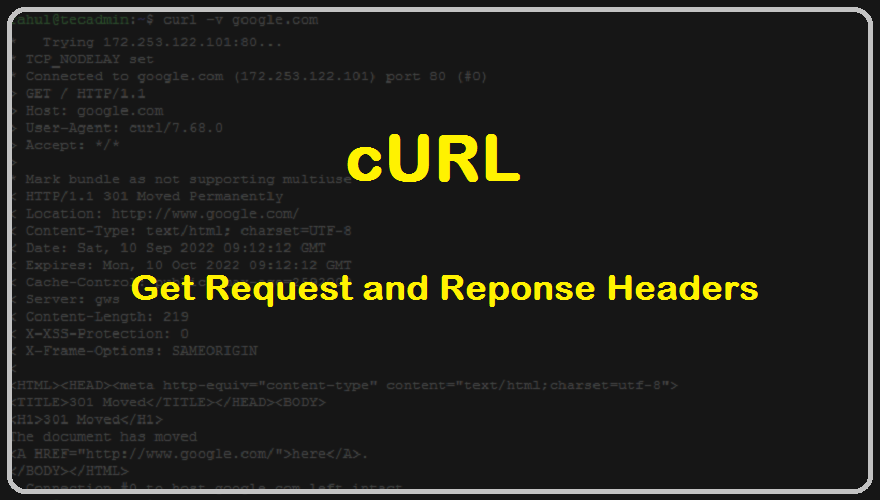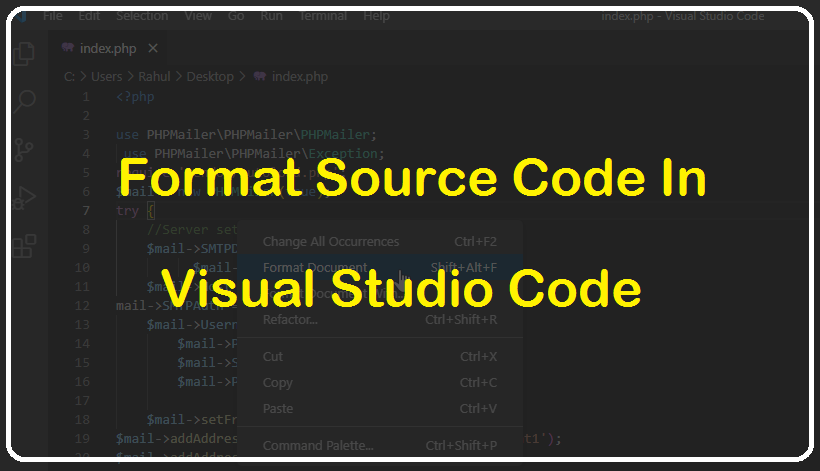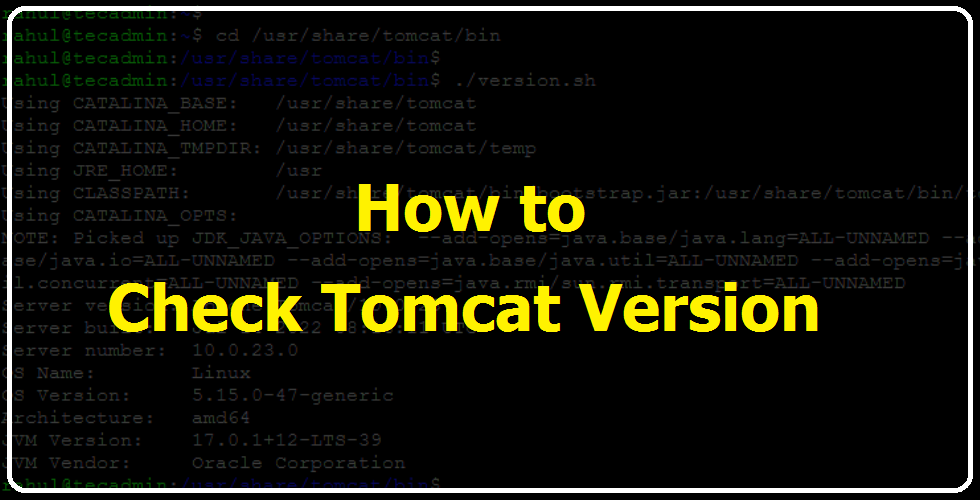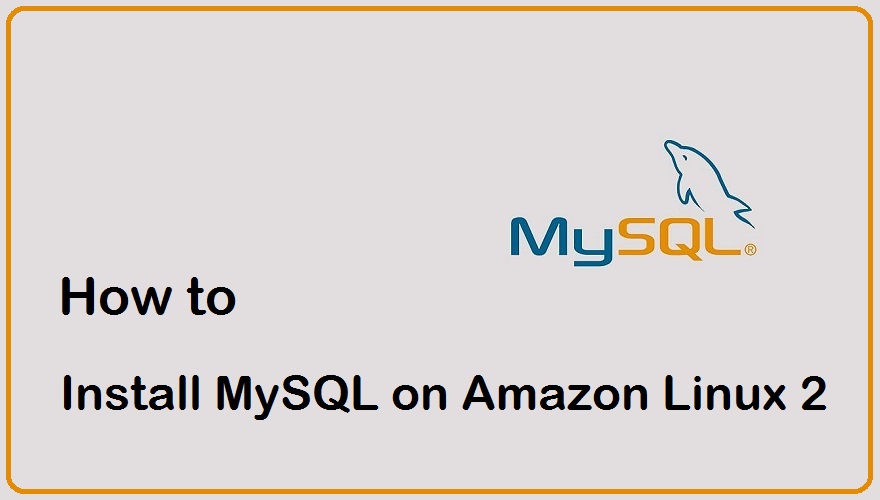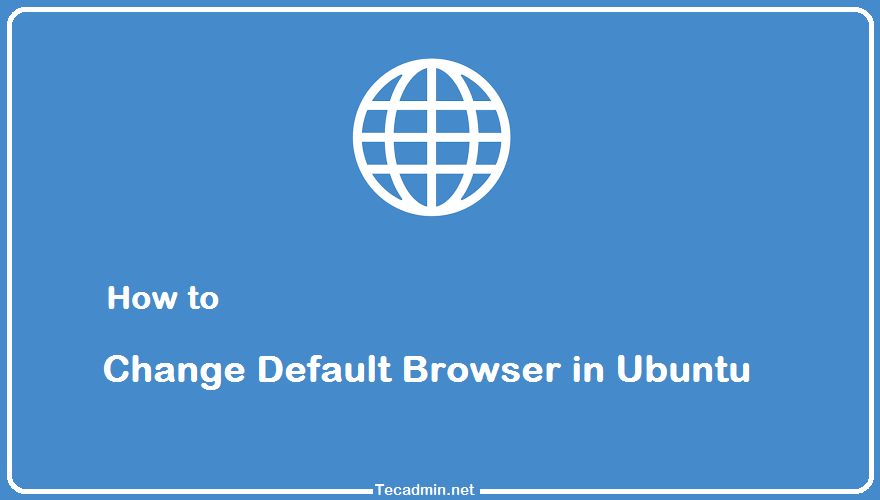Apache Maven is an open-source, community-driven project that aims to build and maintain the most popular Open Source tools for building Java applications. It was created by the Apache Software Foundation in 2001 as an attempt to standardize the build process for Java projects. Over the years, it has developed into a robust set of tools that can be used for a wide range of projects. Maven provides a number of benefits, including integration with other tools such as Jenkins, AWS CodeStar, and more. This allows for more automated builds and faster release cycles. In this tutorial, we will discuss…
Author: Rahul
This tutorial will help you to set the JAVA_HOME environment variable on the latest older macOS operating systems. The /usr/libexec/java_home is the command line utility that returns the Path of the Java home directory from the current user’s settings. You can use this utility to set up the JAVA_HOME environment variable on your macOS. In an Operating System (OS) JAVA_HOME environment variable must be set to point to the directory containing the JVM. In this tutorial, we will help you to correctly set the JAVA_HOME environment variable on macOS. Check Pre-Installed Java Versions You can find details of all installed…
Access modifiers are special keywords that define the accessibility or scope of a member. We can specify how other code can interact with specific methods or variables within or outside classes and packages. Like many programming concepts, access modifiers are simple in practice but can seem confusing at first. Once you understand them, they can help make your code more readable and maintainable. Understand the Difference Between Members Java provides 4 types of access modifiers with different scopes and visibility. Any member without any specifier is dealt with as “Default” or “package-private”. Private: A private member is accessible only in…
Google Chrome DevTools (developer tools) is the browser’s built-in comprehensive toolkit for developers. Which provides a large number of information that is useful for the developers for debugging purposes. You can also find the website’s request headers and response header values directly with dev tools. View HTTP Headers in Chrome Follow the below steps to open developer tools in Google Chrome and view HTTP header values. Open DevTools: You can open Google Chrome’s developer tools with two methods. Choose any one method: Right-click on the browser and click Inspect Press F12 function button in the keyboard. View HTTP headers: Open…
Request Header and Response Header are both a part of the HTTP protocol, which is the standard used for communication between web browsers and web servers. The Request Header is sent by the browser as part of an HTTP request, and it contains information such as the type of request, the URL of the requested page, and any authentication credentials. The Response Header is sent by the server in response to the request, and it contains information such as the status code of the response, the content type of the page, and any authentication credentials. Together, the Request and Response…
Code formatting is essential for developers. A formatted code is easy to understand for other developers and allows us to find issues within the source code quickly. This article will help you to format source code in Visual Studio Code (VSCode) editor on various operating systems. VSCode – Code Formatting Keyboard Shortcuts You can format code using the keyboard shortcuts. Use the following key combinations to format code in Visual Studio Code (VSCode). Shift + Alt + F : Windows Users Shift + Option + F: macOS Users Ctrl + Shift + I: Linux Users VSCode – Code Formatting Option…
Q. How do I find the installed Tomcat version on a Linux system? Tomcat installation provides an shell script version.sh for the Linux-based systems and version.bat for Windows systems. This script provides detailed information about the Tomcat version and other details. This quick blog post will help you to find the Tomcat version installed on your system. Check Tomcat Version Use the cd command to switch to the Tomcat installation bin directory. The location of the directory depends on the installation types. The packages installed on the official repository are generally installed under the /etc/tomcat directory. Custom installation is generally…
MySQL, a widely favored open-source relational database management system, is compatible with Linux, Windows, and Mac OS. It’s primarily used as a back-end database for web applications and for data storage in various software types. This system facilitates data storage, organization, retrieval, and conversion, such as from text to numbers. MySQL is a popular choice for businesses large and small for their websites and applications. This guide provides a concise walkthrough for installing MySQL 8 on Amazon Linux 2. Upon completion, you’ll have an operational MySQL database, accessible through AWS Console or your application. It also introduces the use of…
You probably know that Chrome is the default browser in Ubuntu. But did you know that you can change this? There are several other browsers that come pre-installed with Ubuntu, such as Firefox and Midori. If you’re not a fan of Chrome or if you prefer to use another browser for your browsing needs, changing the default browser from Chrome to Firefox, for example, is pretty straightforward. This tutorial will show you how to change the default web browser on Ubuntu and other versions of Linux Mint. Change Default Web Browser in Ubuntu When you click on a link the…
Sometimes we need to map a sub URL to a different directory path in the file system. The Nginx users can achieve this by using the “location” block in the configuration file. The location specifies a regular expression for the URL the browser requests. Under the location code block, we can specify the file system path with the ‘root’ or ‘alias’ option. You may use the alias directive within a location block, like this:
1 2 3 4 5 6 7 | server { server_name www.example.com; root /var/www/example.com; location /static/ { alias /var/content/static/; } } |
In the above configuration, the main site is configured with the /var/www/example.com directory. But the URL begins with “/static” will be served with “/var/content/static” directory.…

